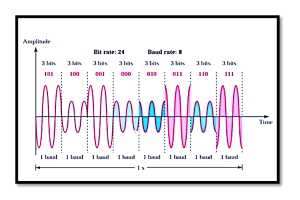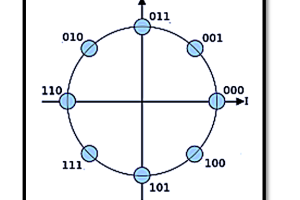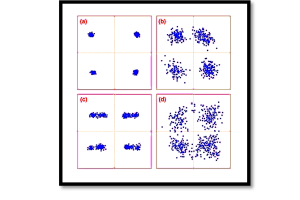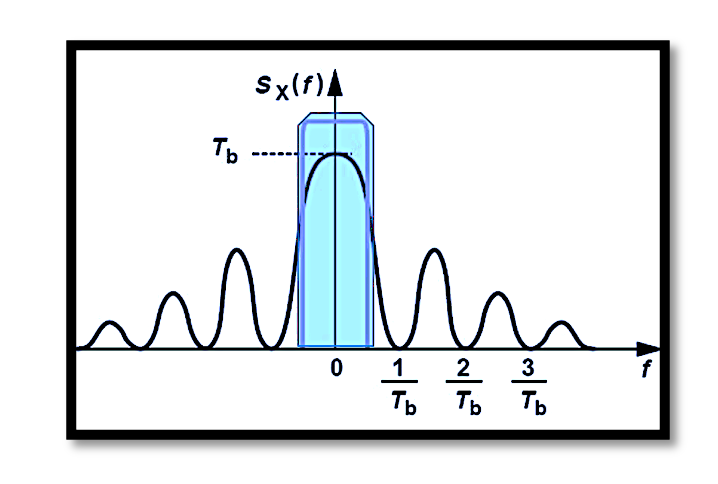
Understanding Inter-Symbol Interference (ISI) in Communication Systems
Inter-symbol interference (ISI) is a significant phenomenon in digital communication systems that arises when the transmission of one symbol interferes with subsequent symbols, thereby causing distortion in the received signal. This issue is typically caused by limited channel bandwidth and has direct implications for the quality and reliability of communication.
What Causes Inter-Symbol Interference?

ISI primarily occurs due to the bandlimited nature of communication channels. When a communication system does not provide sufficient bandwidth to handle the signal, it distorts the signal. This can be visualized as follows:
- A rectangular pulse, which has a wide spectrum, passes through a channel with limited bandwidth. As a result, the higher-frequency components of the pulse are attenuated.
- The bandlimited channel cannot perfectly reconstruct the sharp edges of the original rectangular pulse. Consequently, the signal spreads and overlaps with adjacent symbols.
The power spectral density (PSD) of the signal, as shown in the slides, illustrates that when the channel bandwidth is narrower than the required transmission bandwidth, the higher-frequency components are filtered out. This leads to incomplete transmission of the original signal.
How is the Signal Distorted?

The distortion caused by ISI can be analyzed using the behavior of a simple low-pass filter in the channel. Here are the key observations:
- Input Signal: A digital signal comprising high and low levels is fed into the system.
- Channel Effect: The limited bandwidth causes the signal to be smoothed out. For example:
- Rising edges are delayed.
- The decay of the previous symbol overlaps with the beginning of the next symbol.
The decay of one symbol’s signal merges with the rise of the subsequent symbol, creating inter-symbol interference. This interference causes uncertainty in the amplitude levels at the sampling instants, leading to incorrect symbol decoding at the receiver.
Effect of Channel Bandwidth Limitation on ISI
The severity of ISI is closely linked to the channel bandwidth relative to the symbol rate. The following cases from the slides highlight this relationship:
- Channel with Infinite Bandwidth
In an ideal scenario where the channel has infinite bandwidth, all frequency components of the signal are transmitted without distortion. The received signal retains its original rectangular shape, and no ISI is observed. This represents the best-case scenario for communication systems.
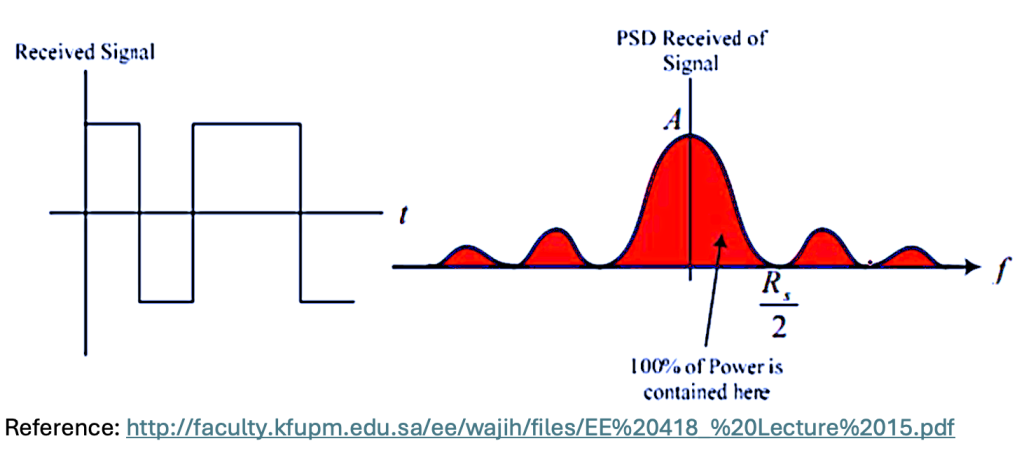
- Wideband Channel (Bandwidth Larger than Rs/2)
When the channel bandwidth is greater than half the symbol rate (Rs/l2), most of the signal’s power is retained. However, a small portion of the higher frequency components is filtered out. This results in minor distortions but is generally acceptable for most practical communication systems.

- Channel Bandwidth Equal to Rs/2
In this case, the channel bandwidth is just sufficient to pass the main lobe of the signal’s spectrum. All side lobes are filtered out, and the received signal’s quality depends on the precise timing at the receiver. While distortion is minimal, any timing errors can significantly impact the signal.

- Channel Bandwidth Lower than Rs/2
When the channel bandwidth is less than Rs/2, even the main lobe of the signal’s spectrum is partially attenuated. This results in significant inter-symbol interference, as the reduced bandwidth distorts the signal’s shape and leads to overlap between consecutive symbols. The received signal becomes highly distorted, complicating the process of accurate symbol recovery.

Mitigating ISI
To minimize the impact of ISI in communication systems, various techniques can be employed:
- Pulse Shaping:
- The use of Nyquist pulse shaping (e.g., raised cosine filters) ensures that the signal’s spectrum is bandlimited while minimizing ISI at the sampling instants.
- Equalization:
- Equalizers are deployed at the receiver to counteract the effects of the bandlimited channel by reversing the distortion.
- Increasing Channel Bandwidth:
- Allocating more bandwidth to the channel allows higher-frequency components to pass through, reducing distortion.
- Error Correction Codes:
- Forward error correction (FEC) techniques can help recover lost or distorted bits caused by ISI.
- Adaptive Techniques:
- Adaptive modulation and coding schemes adjust transmission parameters based on channel conditions to minimize ISI.
Take our entry level course (Below) for free using coupon code RAHRF101BLOG
RF Fundamentals, Basic Concepts and Components – RAHRF101
For limited time take an additional 10% off of all our courses using coupon code RFCERT10
Rahsoft RF Certificate and courses
Conclusion
Inter-symbol interference is a critical challenge in digital communication systems, especially as data rates and bandwidth efficiency continue to grow. Understanding its causes, as highlighted in the slides, provides a foundation for designing systems that mitigate its effects. By implementing techniques like pulse shaping, equalization, and adaptive modulation, communication systems can achieve reliable performance even in the presence of ISI. Ultimately, a clear grasp of the interplay between channel bandwidth and symbol rate is essential for optimizing modern communication networks.

Learn more about this topic by taking the complete course ‘Introduction to Modulation in Communication Systems Online Course – RAHRF152’. Watch the course videos for more detailed understanding. Also checkout other courses on RF system and IC design on https://rahsoft.com/courses/. Rahsoft also provides a certificate on Radio Frequency. All the courses offer step by step approach.

